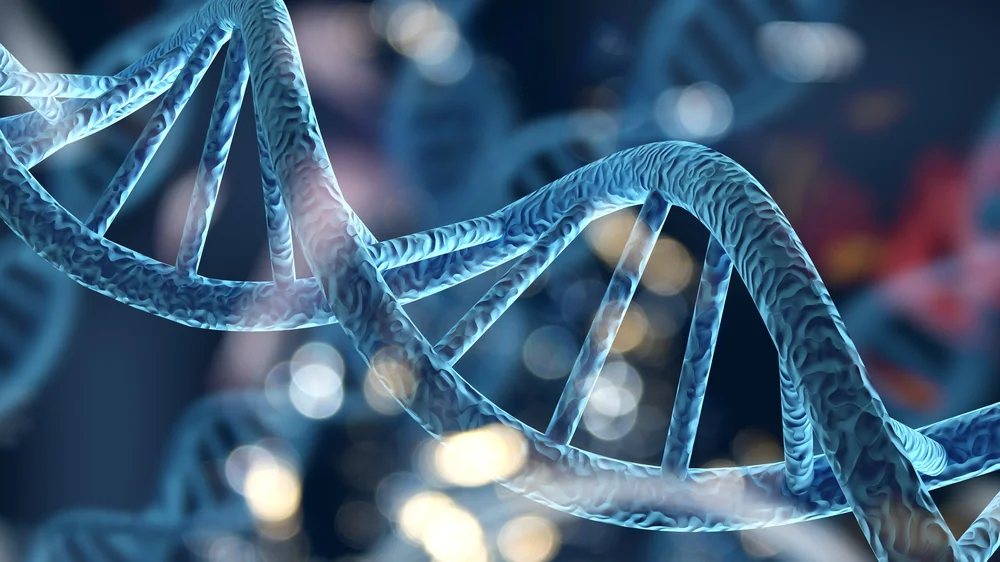In a paper published in Aging, researchers have explored the relationship between DNA damage and aging of the blood vessels.
How arteries age
This paper begins with some well-known facts about aging and cardiovascular risk. Cardiovascular disease is the single most common cause of death in the world. Accompanying this increase in risk are an increased permeability of endothelial cells [1] and an increase in stiffness [2]. Research built on the Framingham Heart Study has found a causative link between these microvascular problems and deadly events such as heart attack and stroke [3].
The fundamental reason for these often fatal alterations has been suspected to be directly linked to DNA damage [4]. One of the major mechanisms for dealing with this damage is ataxia-telangiectasia mutated (ATM), a kinase that can cause cells to die by apoptosis or become senescent instead of reproduce with damaged DNA [5] This is especially important in arterial cells, as while these cells very rarely divide [6], they can quickly become senescent [7] and can be triggered to apoptose very easily [8].
In an effort to determine the role of genomic instability in vascular aging, including double-strand breaks to the DNA, these researchers conducted a study to determine the role of ATM in vascular aging in mice.
Five groups of mice
These researchers used five mouse cohorts: young wild-type mice, young mice that were heterozygous for (and so produced less) ATM, young mice that produced no ATM at all, old wild-type mice, and old mice that were heterozygous for ATM. There were no old ATM-less mice; the lack of it meant that they died of lymphoma long before 18 months. The young groups were 5 months old.
However, there were no significant differences between the young groups in their arteries. They responded in the same way to a drug that dilates the arteries and another drug that restricts this dilation. The younger animals, even the ones without any ATM, had not suffered enough vascular damage to change the results.
Older animals, however, were somewhat different. The older group that produced less ATM had more visible markers of genetic damage, and they expressed more biomarkers of cellular senescence. Their arteries could not dilate as well as the full-ATM group under the influence of a drug that affects endothelial cells in the artery. There were also signs of increased oxidative stress.
Old wild-type mice have less small microvasculature than young wild-type mice, and a reduction in ATM exacerbated this problem, causing a lack of capillary density overall. The tiniest capillaries of the ATM-reduced old mice had been thinned and damaged.
The ATM-reduced old mice also had stiffer arteries as measured by pulse wave velocity, which was more like that of 24-month-old wild-type mice. Damage to their larger arteries was discovered in the form of more broken elastin. As expected, the expression of genes associated with arterial stiffness was increased in the ATM-reduced group.
What does this mean for people?
These researchers found that, just like in wild-type mice, endothelial cells derived from older people have more visible markers of damage and more expression of senescent biomarkers, which the researchers believe is almost certainly the result of genomic instability and DNA breaks. They urge future studies to more thoroughly examine this phenomenon with other biomarkers of DNA repair.
However, while it is clear that ATM and other responses to genetic damage play a role in how the body deals with this damage, a key question goes unanswered: what can possibly be done about it? Developing and testing a therapy against DNA damage remains one of the key challenges of gerontology. Unless another effective solution can be found, it may be that the affected cells will need to be replaced wholesale, however that can be accomplished.
Literature
[1] Machin, D. R., Phuong, T. T., & Donato, A. J. (2019). The role of the endothelial glycocalyx in advanced age and cardiovascular disease. Current opinion in pharmacology, 45, 66-71.
[2] Donato, A. J., Machin, D. R., & Lesniewski, L. A. (2018). Mechanisms of dysfunction in the aging vasculature and role in age-related disease. Circulation Research, 123(7), 825-848.
[3] Cooper, L. L., Palmisano, J. N., Benjamin, E. J., Larson, M. G., Vasan, R. S., Mitchell, G. F., & Hamburg, N. M. (2016). Microvascular function contributes to the relation between aortic stiffness and cardiovascular events: the Framingham Heart Study. Circulation: Cardiovascular Imaging, 9(12), e004979.
[4] Bautista-Niño, P. K., Portilla-Fernandez, E., Vaughan, D. E., Danser, A. J., & Roks, A. J. (2016). DNA damage: a main determinant of vascular aging. International journal of molecular sciences, 17(5), 748.
[5] Vijg, J. (2021). From DNA damage to mutations: All roads lead to aging. Ageing research reviews, 68, 101316.
[6] Tabula Sapiens Consortium*, Jones, R. C., Karkanias, J., Krasnow, M. A., Pisco, A. O., Quake, S. R., … & Wang, S. (2022). The Tabula Sapiens: A multiple-organ, single-cell transcriptomic atlas of humans. Science, 376(6594), eabl4896.
[7] Grosse, L., Wagner, N., Emelyanov, A., Molina, C., Lacas-Gervais, S., Wagner, K. D., & Bulavin, D. V. (2020). Defined p16High senescent cell types are indispensable for mouse healthspan. Cell Metabolism, 32(1), 87-99.
[8] Spetz, J. K., Florido, M. H., Fraser, C. S., Qin, X., Choiniere, J., Yu, S. J., … & Sarosiek, K. A. (2022). Heightened apoptotic priming of vascular cells across tissues and life span predisposes them to cancer therapy–induced toxicities. Science Advances, 8(45), eabn6579.








